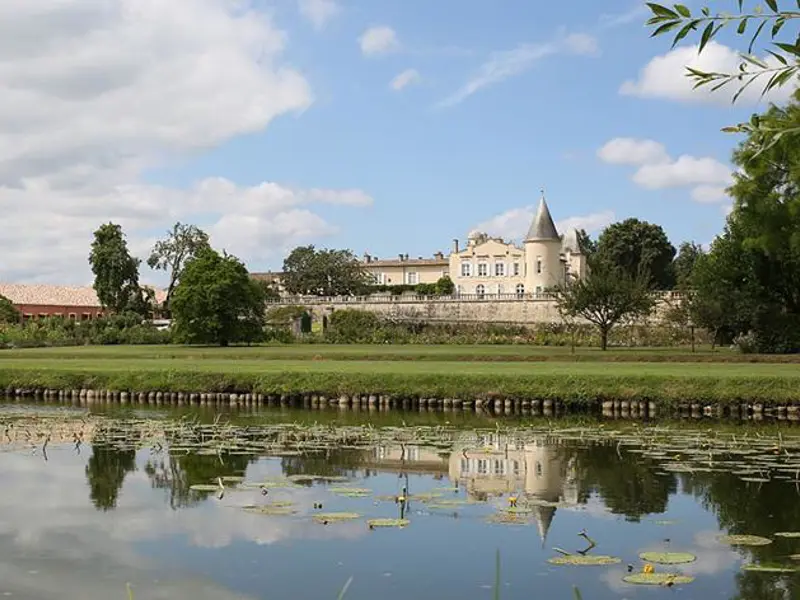
Released this morning, 2024 Château Lafite Rothschild is offered at £1,713 per six bottles. This represents 27% discount on the opening price of the 2023 vintage. The 2024 receives 95 points from Jane Anson, who describes it as "...precise, savoury, delineated, floral, gunsmoke, juicy..." and that it "captures the effortless elegance that Lafite does so so well, and it totally delivers."
At £1,713 per case this is by far the cheapest vintage on the market, coming in at about 20% below the current price of the 2013.
At this level Lafite is expected to sell out today so please email us as soon as possible to request an allocation.
2024 Carruades de Lafite is also released this morning, at £714 per six, with 92 points from Jane Anson. This too makes it the cheapest available vintage on the market.
Offered en primeur, on allocation. Landing spring 2027.
All previous offers of 2024 Bordeaux can be found here.

YOU MUST BE 18 AND OVER TO PURCHASE AND CONSUME WINE AND ALCOHOL
